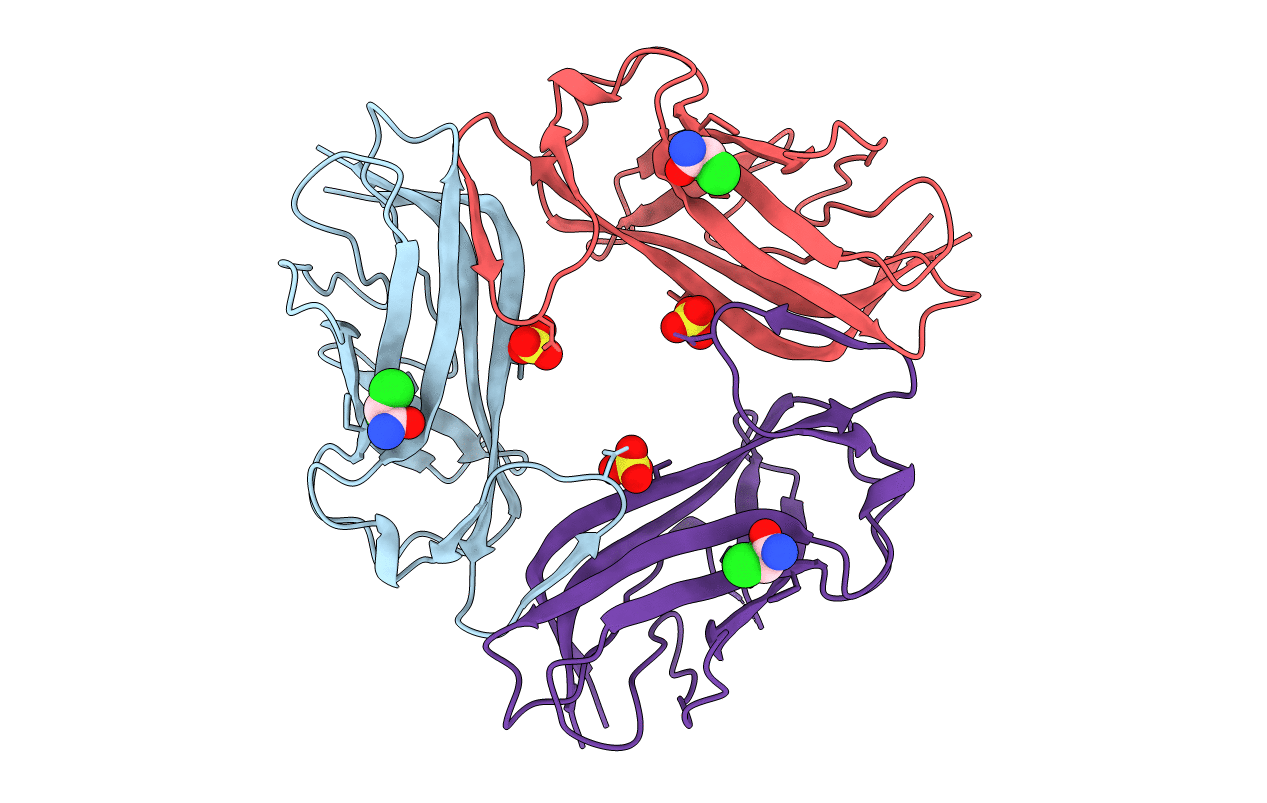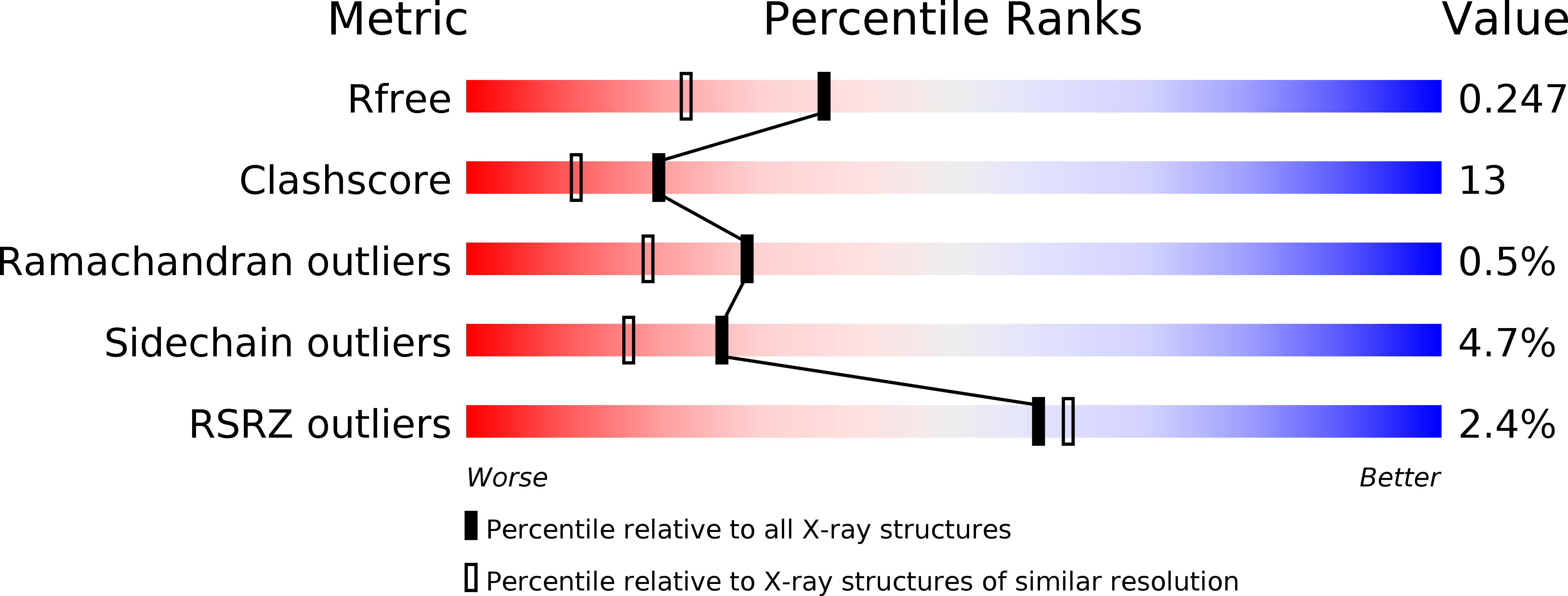
Deposition Date
2008-12-11
Release Date
2009-06-02
Last Version Date
2024-10-09
Entry Detail
PDB ID:
2W5P
Keywords:
Title:
DraE Adhesin in complex with Chloramphenicol Succinate (monoclinic form)
Biological Source:
Source Organism:
ESCHERICHIA COLI (Taxon ID: 562)
Host Organism:
Method Details:
Experimental Method:
Resolution:
1.90 Å
R-Value Free:
0.23
R-Value Work:
0.19
R-Value Observed:
0.19
Space Group:
C 1 2 1


